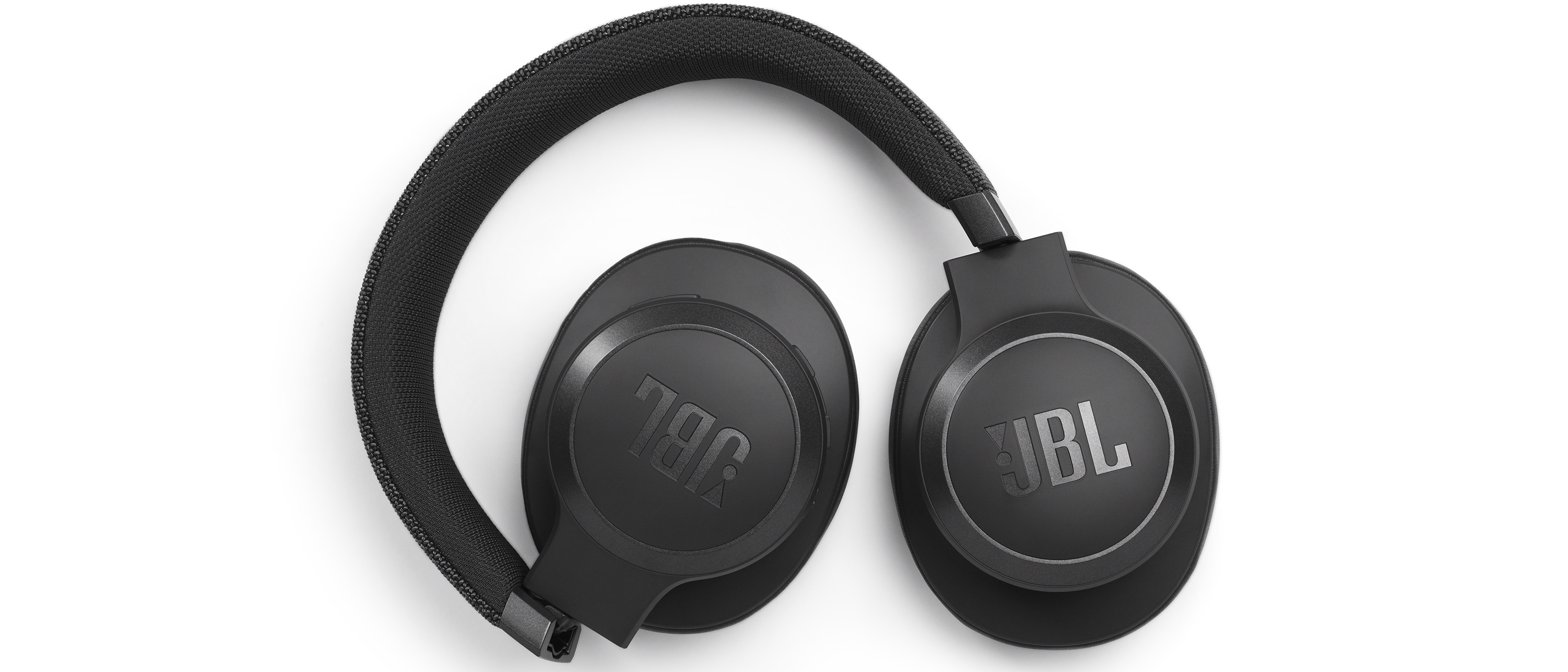Sound+Image Verdict
For their low price, the Live 660NC headphones from JBL offer solid construction and connectivity, decent battery life and noise-cancelling, and excellent audio, albeit with some lacking openness.
Pros
- +
Great value
- +
Strong, balanced sound
- +
Solid construction
Cons
- -
Audio lacks openness
Why you can trust What Hi-Fi?
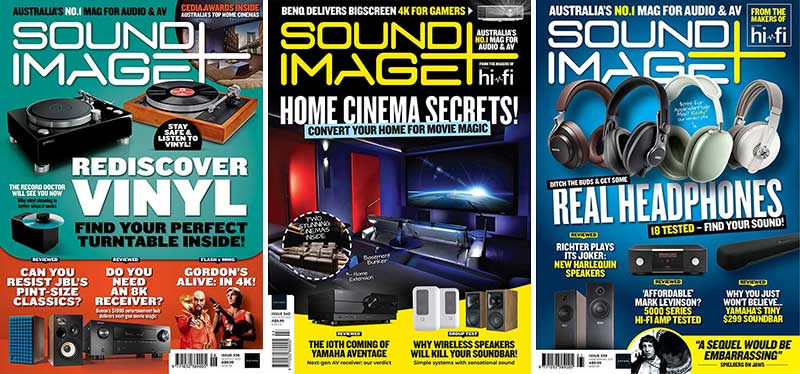
This review originally appeared in Sound+Image magazine, one of What Hi-Fi?’s Australian sister publications. Click here for more information on Sound+Image, including digital editions and details on how you can subscribe.
Our first note here is a warning not to confuse JBL’s model numbers. The headphone here is the Live 660NC, its recommended selling price AU$249.95. But there is another 660NC, the Tune 660NC, which sells for AU$149.95. Both are wireless noise-cancelling headphones, but one is circum-aural, the other is supra-aural – or for those of you no longer speaking Latin, over-ear and on-ear.
We didn’t realise this ourselves until we were mid-review – otherwise we might have told you more about the new Tune variant in news this issue! Retailers and shoppers may be similarly confused. Given all the combinations of letters and numbers available to marketing teams, we’d perhaps question the wisdom of using the same ones twice in the same year.
But there you go; semantics aside now, these are the over-ear Live 660NC headphones at AU$249.95, an impressive price for well-featured wireless noise cancellers. Let’s see how they perform.
Equipment
The publicity for the (Live) 660NC headphones kicks off with the curious statement that they feature “a sound signature that can be found in the most famous venues all around the world”. They don’t, by this, mean that when you put them on, it’ll sound like you’re in Homebush Stadium. Heaven forbid – it usually sounds terrible in there.
They mean that JBL makes huge PA systems, so for some reason you should be confident in their ability to make headphones. From this we can also surmise that ‘Live’ is pronounced to rhyme with ‘hive’, not with ‘give’.
They are well-equipped, with active noise-cancelling (ANC) and Bluetooth v5.0 (though the only available codecs are SBC and AAC), and a potential 50 hours of wireless operation from a full charge, down to 40 hours with the ANC engaged.
Their Bluetooth range proved fantastic when connected to a current 12.9-inch iPad Pro. Even when we had ‘audio mode’ selected rather than the connection-stabilising ‘Normal’ mode, we could wander through the entire house, to different floors, to the end of the garden, without so much as a glitch.
The latest hi-fi, home cinema and tech news, reviews, buying advice and deals, direct to your inbox.
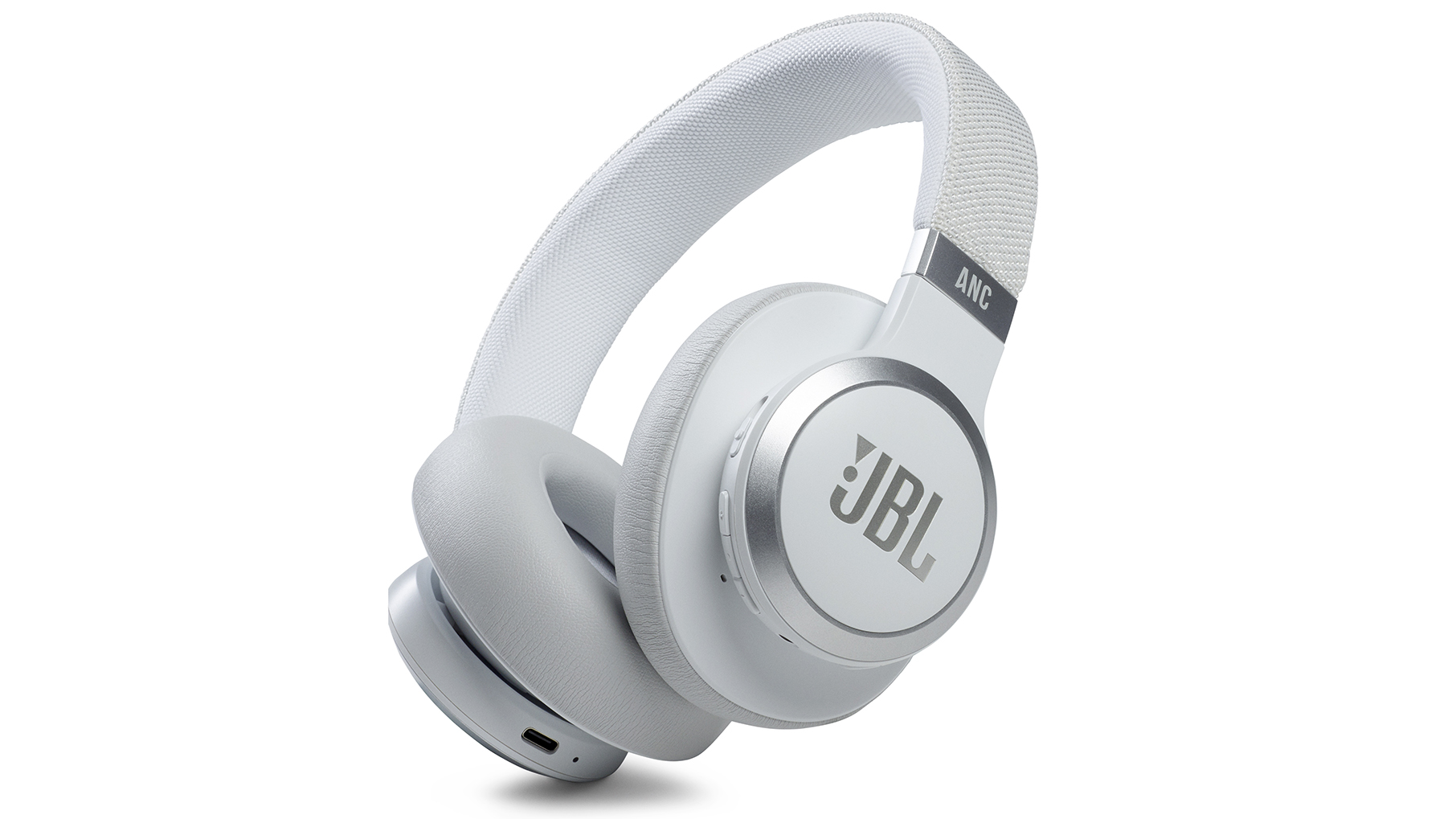
We like JBL’s controls, other than them being labelled black-on-black. The on/off slider is better than a button, and using JBL’s app you can also set their auto-off time to anything from 15 minutes to never. Three adjacent buttons labelled ‘+’, ‘•’ and ‘–’ work entirely as you’d expect to control volume, next/last track (hold, rather than double-tap) and answering calls.
A press of the left central earcup summons your choice of either Alexa (Android 6.0 or higher required) or Google Assistant, and those with an Android device can summon Google with your voice, rather than the button press. Google Assistant didn’t work for us on iOS (“Google Assistant not connected”, it said) despite having Google Assistant activated in JBL’s app and running on the connected iPad Pro.
The lowest button on the right earcup shuttles through ANC on, ANC off and Ambient Aware mode, this last letting through external sound as a safety feature, and impressively not much messing with the sound when doing so. Press this twice and ‘TalkThru’ mode lowers music so low it might as well pause it, also amplifying external speech frequencies so you can chat without removing the headphones.
Those less rude can lift the right cup to stop music playing completely, restarting when you replace it. You can turn this function off in the app, if you prefer, but it’s pretty darned handy, and not over-sensitive.
They go into Bluetooth pairing mode first time out of the box, and to force this subsequently there’s a dedicated button with the Bluetooth symbol, not some hard-to-guess button combination.
Performance
This is all pretty much top marks so far, both for features and for them working intuitively, and doubly so on a pair of headphones at this reasonable price. That leaves sound quality as a deciding factor. This varies between having noise cancelling on or off, and again in Ambient Aware mode, and yet again if you use the supplied cable and plug that direct into your device.
What’s quite unusual is that the variation is not huge, so that the engineers have not had to tune the (Live) 660NC to sound best for one and not the others. With ANC it’s a little bit stodgier in the upper bass and lower mids; without ANC it’s slightly leaner and cleaner. That’s not to say they’re short of bass in either mode.
At one point we were listening to a catch-up stream of Annie Nightingale on BBC Radio 2 – she’s 81 years old and still presenting a show of “the biggest bass bangers”, which gives us all hope. One of these, Heimanu’s Die Awake, set the JBLs positively thrumming with deep fizzy bass, the kind that if in the room would have your arm-hairs quivering and your plates rattling.
The lunatic bass on the bridges of The Flaming Lips’ A Spoonful Weighs A Ton was equally impressive, so that we think the most depth-craving listeners should be satisfied here. As one might expect under the JBL brand!
But is it a balanced sound? Yes, in that the bass doesn’t swamp the midrange; it doesn’t prevent the vocals being delivered clearly. But what’s missing is any sort of openness, any shine or shimmer.
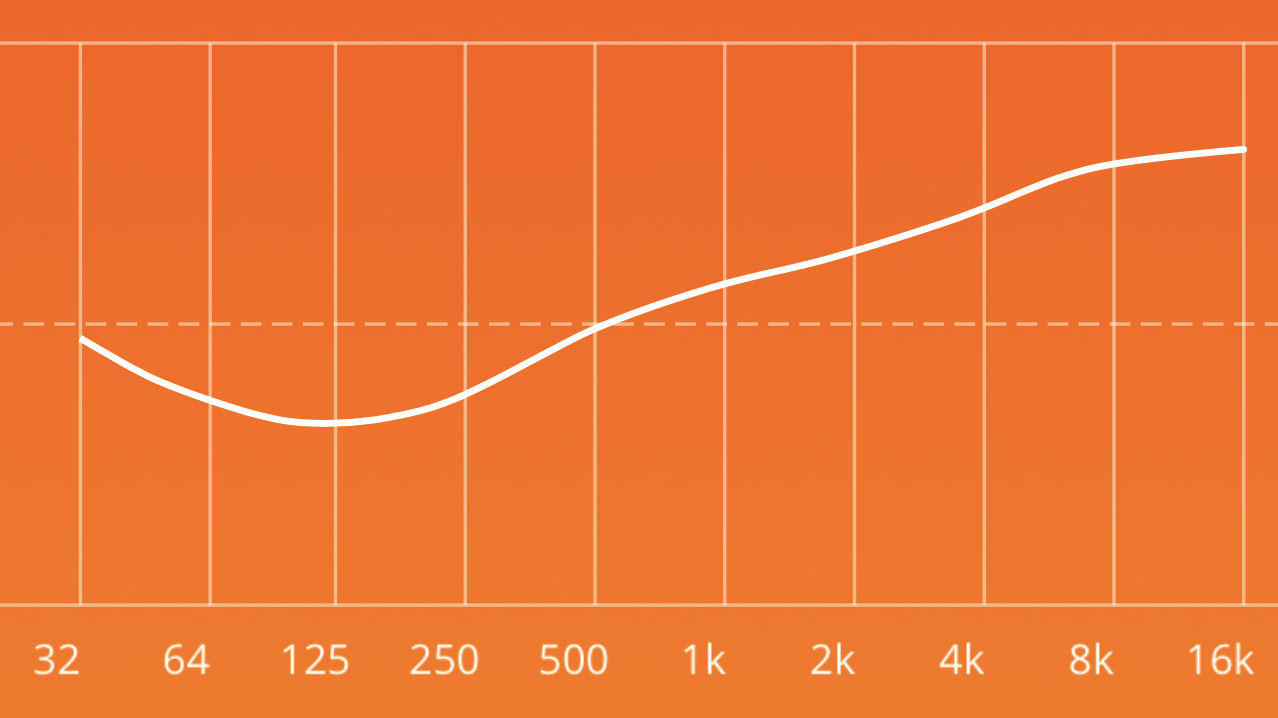
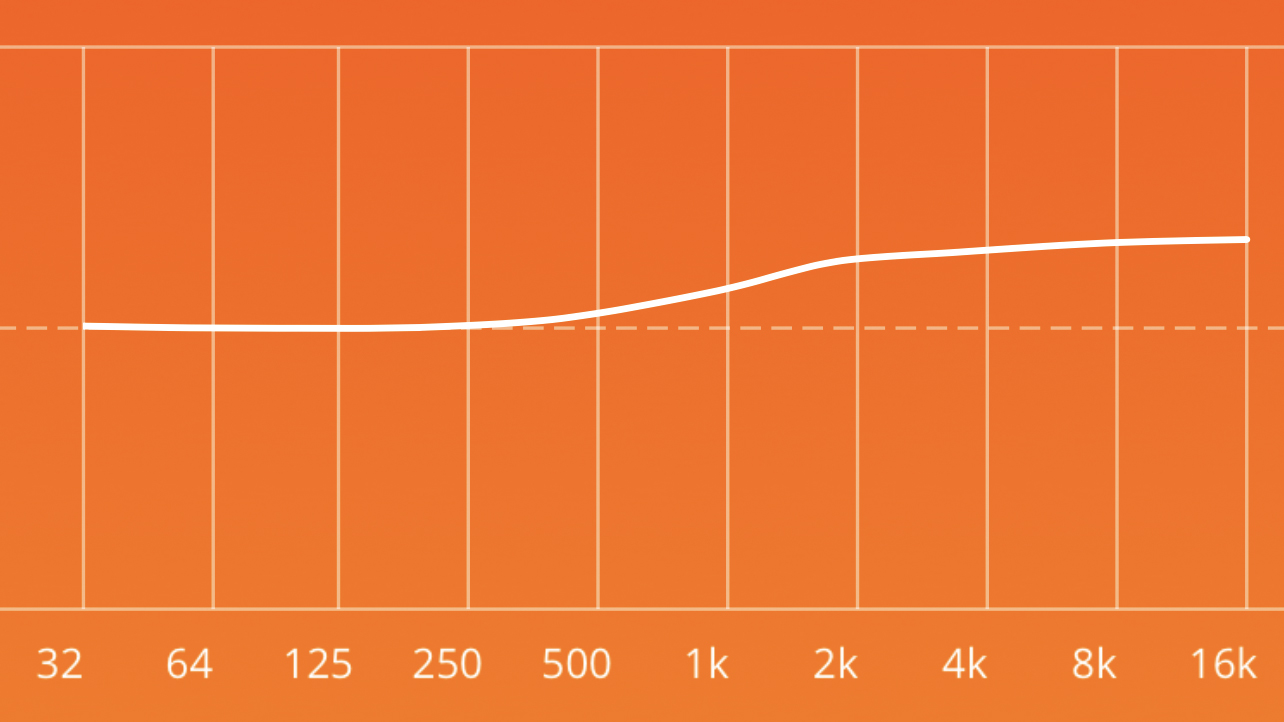
We should also note that out of the box we did think the low-end too thick, and we initially set the custom EQ option in the app to the first curve above, taming the bass and introducing air up top. But after a week or two of regular use, they’d settled down and we revised the curve to the secopnd (also above), leaving the bass alone and just lifting the treble.
This helps, though they still sound firmly closed, and JBL’s preferred curve (below, imperfectly photographed from a presentation at IFA 2019 in Berlin) partially explains why; it rolls off rapidly above 10kHz.
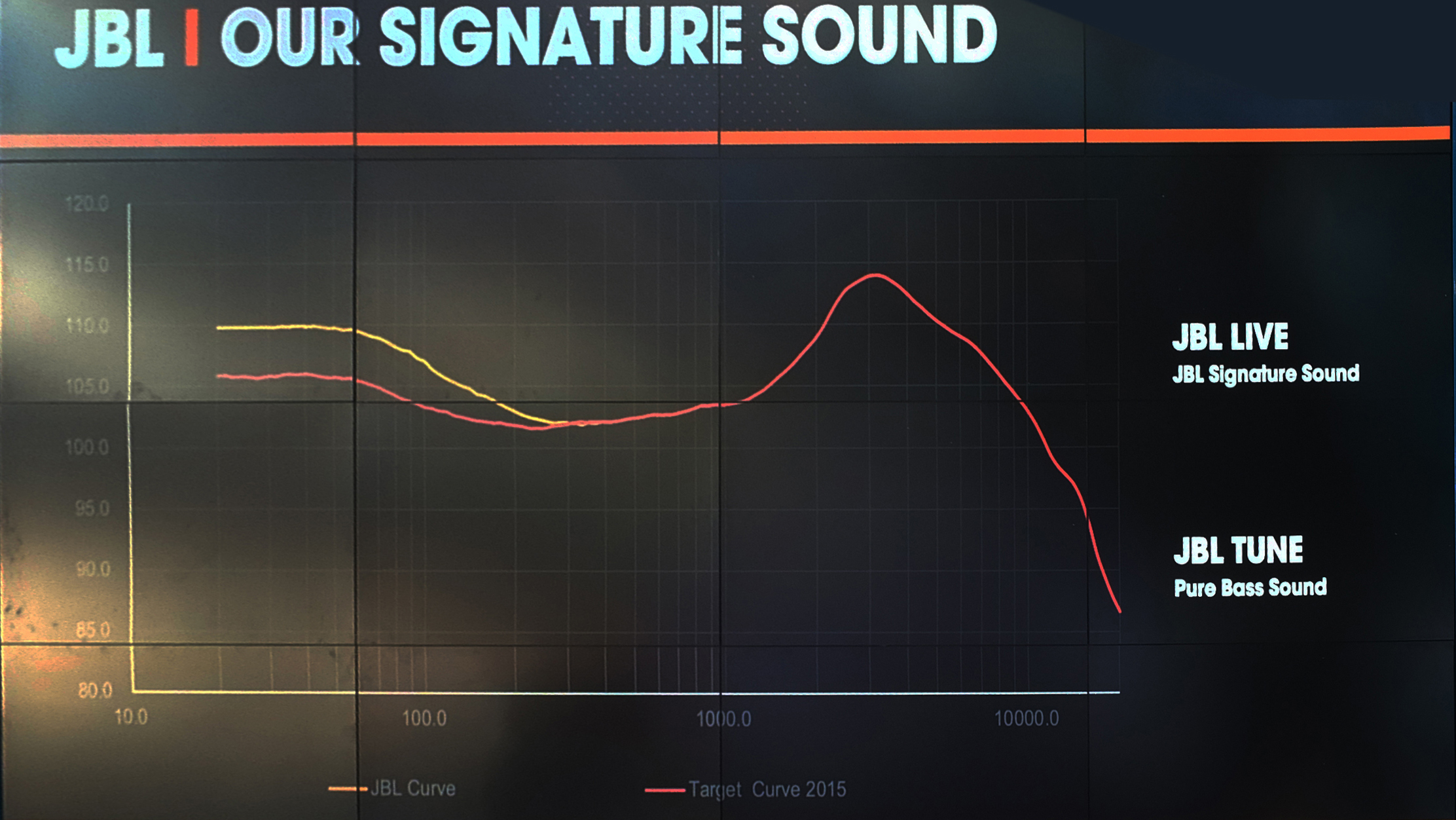
While fans of high-res needn’t bother turning up here, and compared to a pair of, say, Stax electrostatics it’s like throwing a warm blanket over everything, it does have the advantage of preventing music from ever shrieking or screaming at you, while keeping the essentials in place. They even calmed Dion’s impossible vocal edginess on I Read It (in the Rolling Stone), at which the B&W 805 D4 speakers had thrown up their tweeters in despair earlier in the month.
And the (Live) 660NCs certainly allow the music through. They drive out Amyl And the Sniffers’ Choices with bass and grungy guitars punching strong, yet with Amy Taylor’s vocal kept perfectly clean and clear throughout.
There’s edginess delivered to the piano samples of Let’s Roll from Tony Kaye’s new set ‘End of Innocence’, and to the strings opening Holst’s Jupiter, and impact to the rest of it too. Meanwhile the ANC is effective, and not, in this new design, prone to the pressure effects of some previous JBL headphones.
Best sound, as usual, is via cable, here unpowered (power them up and they’re strangely quiet), but it’s not a win by the usual mile; the Bluetooth sound is a close second.
Final verdict
So here you have a well-tempered, well-built, well-featured pair of wireless active noise-cancellers for the reasonable price of AU$249.95. If you concur with JBL’s preferred sonic curve, have at them!
Sound+Image is Australia's no.1 mag for audio & AV – sister magazine to Australian Hi-Fi and to the UK's What Hi-Fi?, and bestower of the annual Sound+Image Awards, which since 1989 have recognised the year's best hi-fi and home cinema products and installations. While Sound+Image lives here online as part of our group, our true nature is best revealed in the print magazines and digital issues, which curate unique collections of content each issue under the Editorship of Jez Ford, in a celebration of the joys that real hi-fi and high-quality AV can bring. Enjoy essential reviews of the most exciting new gear, features on Australia's best home cinemas, advice on how to find your sound, and our full Buying Guide based on all our current and past award-winners, all wrapped up with the latest news and editorial ponderings. Click here for more information about Sound+Image, including links to buy individual digital editions and details on how best to subscribe.
